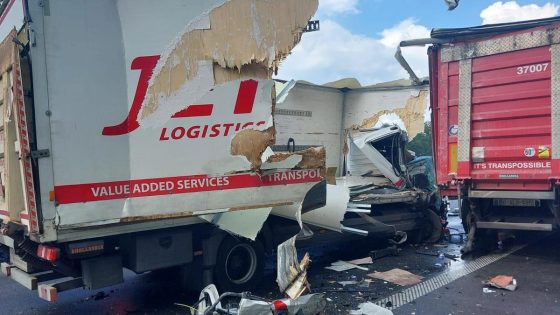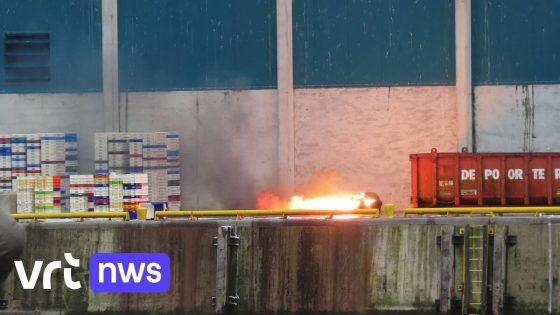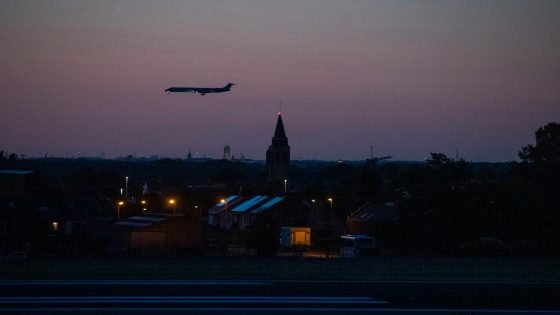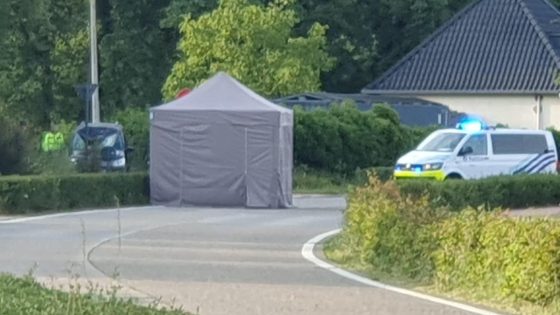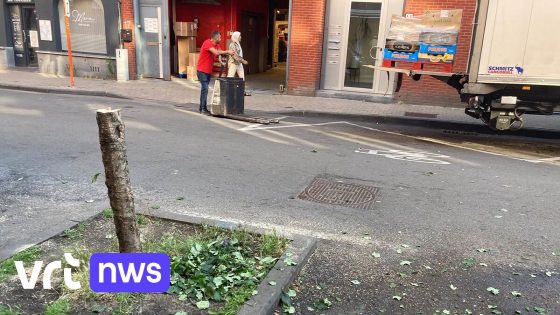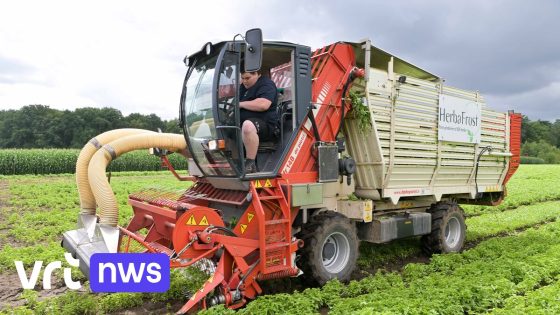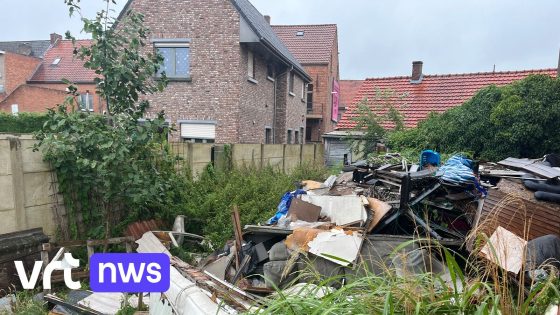A serious accident on the E314 near the Circuit Zolder exit caused major disruption on 2025-07-24 19:57:00. The incident involved a truck driver who was trapped inside his cabin and required rescue by emergency services. This event highlights the risks faced daily on Belgium’s busy highways.
- Beroep hulpdiensten bevrijden vrachtwagenchauffeur uit cabine
- Chauffeur naar ziekenhuis gebracht, buiten levensgevaar
- Gezin in betrokken auto bleef ongedeerd
- Linkerrijstrook open, veroorzaakte ernstige verkeershinder
- Filevorming op E314 richting Genk door ongeval
- Ongeval gebeurde nabij afrit Circuit Zolder
Emergency responders, including a rescue team, a medical rapid intervention unit (the “mug”), and an ambulance, were dispatched promptly. The truck driver was freed by firefighters and taken to hospital, where he was reported to be out of life-threatening danger. Meanwhile, a family traveling in the other vehicle escaped unharmed but was understandably shaken by the crash.
With only the left lane open after the collision, traffic towards Genk was severely affected for over an hour. How can such incidents be prevented in the future, and what measures can improve emergency response times on key Belgian motorways? The following fast answer provides a concise summary.
What lessons can be drawn from this collision? It raises important questions about road safety and traffic management in Belgium:
- Are current safety protocols on highways like the E314 sufficient to prevent such accidents?
- Could enhanced driver awareness campaigns reduce risks involving heavy vehicles?
- How effective is the coordination between emergency services in clearing accident scenes quickly?
As Belgium’s road network remains heavily used, authorities and drivers alike must stay vigilant. Investing in preventive measures and efficient emergency responses will be key to reducing incidents and keeping traffic flowing smoothly in the future.



